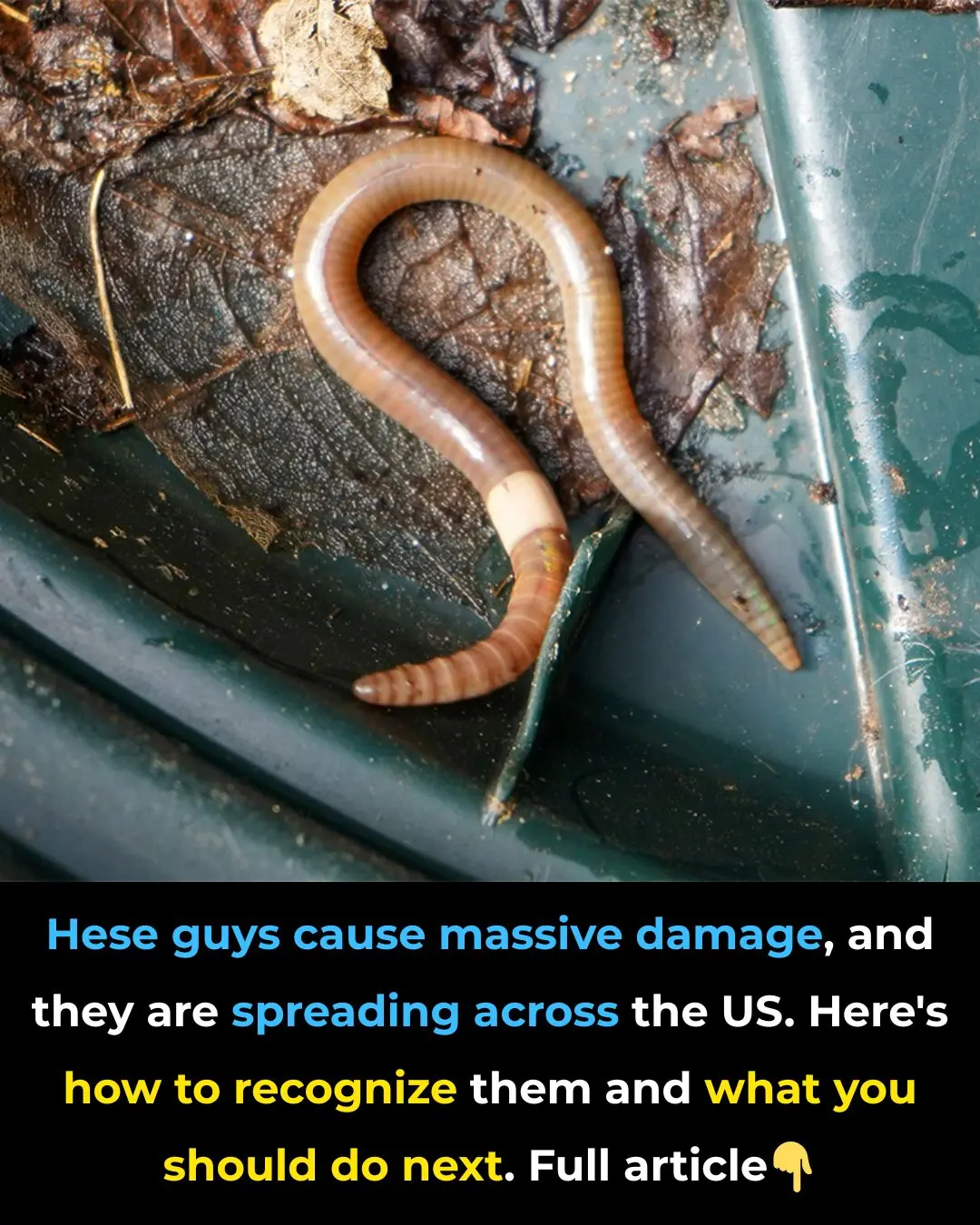Beware …Officials Issue Warning After Portuguese Man-of-War Found on Beach
At first glance, the Portuguese man-of-war looks like something straight out of a fantasy film — a delicate, floating bubble shimmering in shades of electric blue and royal purple. It’s easy to be mesmerized by its beauty. But here’s the thing: this creature is as dangerous as it is dazzling.
And whatever you do, don’t touch it — and definitely don’t lick it.
Yes, you read that right. An influencer once learned that lesson the hard way after attempting to “taste test” one for a viral video. The results? Not fame, but a painful and potentially dangerous reaction from the venom-packed tentacles of this “cute” ocean drifter.
What Exactly Is a Portuguese Man-of-War?
Despite looking like a jellyfish, the Portuguese man-of-war isn’t one at all. It’s actually a colony of organisms — a siphonophore — that works together as one. The creature’s signature feature is its balloon-like float, which drifts gracefully on the ocean’s surface, trailing long, purplish tentacles that can extend up to 100 feet in length.
Beautiful? Absolutely. Harmless? Not even close.
The Sting That Lasts
Those long, trailing tentacles are loaded with venom-filled nematocysts — tiny harpoons that inject toxins into anything unlucky enough to brush against them. Even when washed ashore and appearing lifeless, a Portuguese man-of-war can still deliver a painful sting for days after death.
A single sting can cause:
- Intense pain and red welts
- Fever and nausea
- Breathing difficulties
- Muscle paralysis
- And in rare cases, shock or cardiac issues
So, if you see one glistening on the sand — admire it from afar.
What To Do If You’re Stung
Forget the myths you’ve heard. Do not pee on it — that won’t help (and can actually make it worse).
Instead, follow these steps:
- Get out of the water immediately.
- Rinse the area with seawater (not freshwater, which can trigger more venom release).
- Carefully remove any tentacle fragments using tweezers, a stick, or gloves.
- Seek medical attention right away — especially if symptoms worsen.
The Bottom Line
The Portuguese man-of-war is one of nature’s most mesmerizing — and misleading — ocean dwellers. Its vibrant colors lure beachgoers closer, but beneath that beauty lies a potent and painful defense system.
So next time you spot one washed up on the beach, take a photo if you must — just don’t touch, don’t poke, and absolutely don’t pick it up.
You’ve just read, Beware Portuguese Man-of-War Found on Beach. Why not read Manager Had To Hire A New Employee.





























